Dimensions
Such an extravagant design of course always requires corresponding space, which could potentially lead to collisions with radiators, coolers or other components. Thankfully, Teamgroup already specifies the dimensions in the data sheet, but we measured again to be sure.
Including the overhang of the cooler on both sides of the DIMM slot, a module comes to a good 144 mm in length, while the caps of the DIMM slots still remain easily accessible on both sides.
The height of the modules including the DIMM contacts at the lower edge is around 46 mm, whereby the highest point of the heat sink and the highest point of the PCB are conveniently located at different places.
However, the module height above the DIMM slot on the motherboard is of course really decisive in the installed state. Here, you should still reckon with approx. 43 mm. This is still about 1 cm more than an A0 DDR5 reference board, but also much less than some other modules like Corsair Dominator Platinum.
The modules have a total width of 7 mm, which fully covers the DIMM slot of the motherboard and thus also provides a full-surface look from above. Depending on the motherboard and how close the DIMM slots are to each other, this of course has an impact on the cooling and that’s exactly what we’ll look at now.
Heatsink test
As usual in our RAM tests, the modules have to really sweat with a loaded XMP profile. The RAM stress test Testmem5 v0.12 with profile “Extreme1@Anta777” is used for this due to its extremely high heat load for the working memory. The temperature is recorded with type-K probes on the module with the memory ICs on the inside, logged at 0.5 second intervals, forming the delta to the room temperature.
On the one hand, we can test whether the modules are actually stable in XMP mode, and on the other hand, we gain an initial indicator of the cooler’s performance and the associated thermal potential for further overclocking. We test the modules once completely passively without any further cooling and a second time with a 2000 rpm 120 mm fan directly on the modules.
The Teamgroup DELTA DDR5 modules perform worst here, at least in passive operation with almost 40 °C delta to room temperature, whereby the 50 mV more voltage in the XMP profile should also be considered. As is generally known, more voltage also results in more waste heat. However, at a final maximum temperature of 69 °C in the German summer, the modules are still completely stable in XMP operation.
If you now point the mentioned fan at the modules and thus provide for significantly more heat dissipation, the DELTA modules are immediately at the other end of the diagram and thus best at only just under 7 °C above the surroundings. The simple design of the cooler with a single aluminum layer on each side seems to work, even though they are completely covered by the light element from above. The fact that the PMIC is actively cooled and does not only have to dissipate its waste heat via the PCB is probably also a favorable factor.















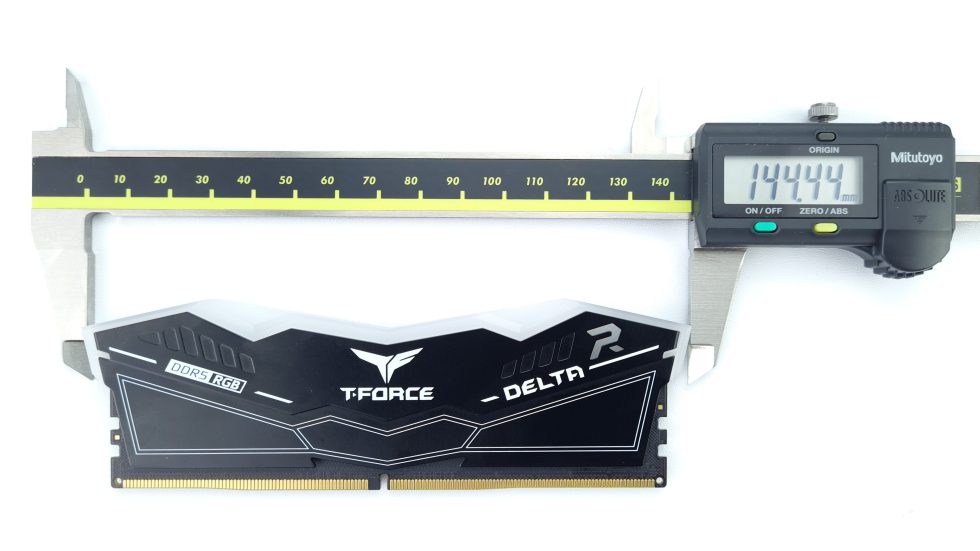
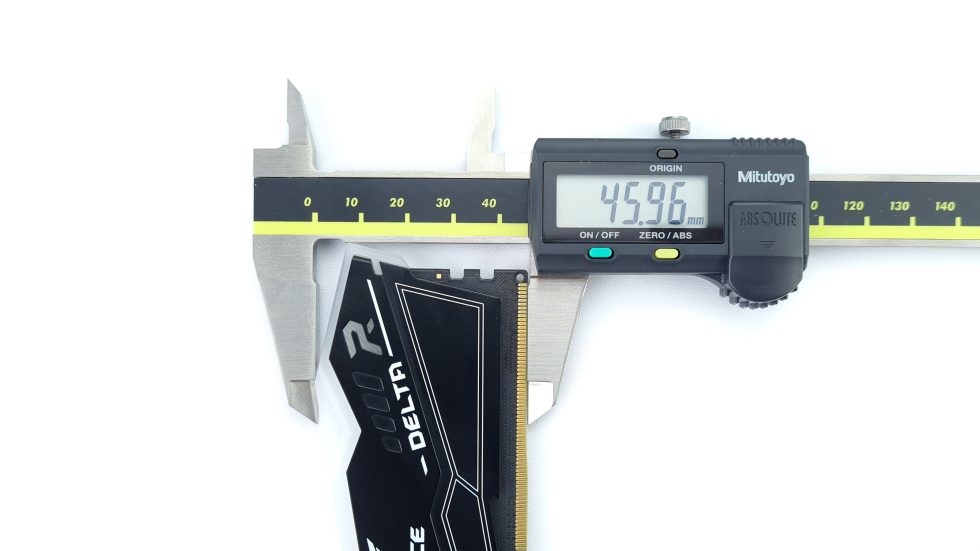
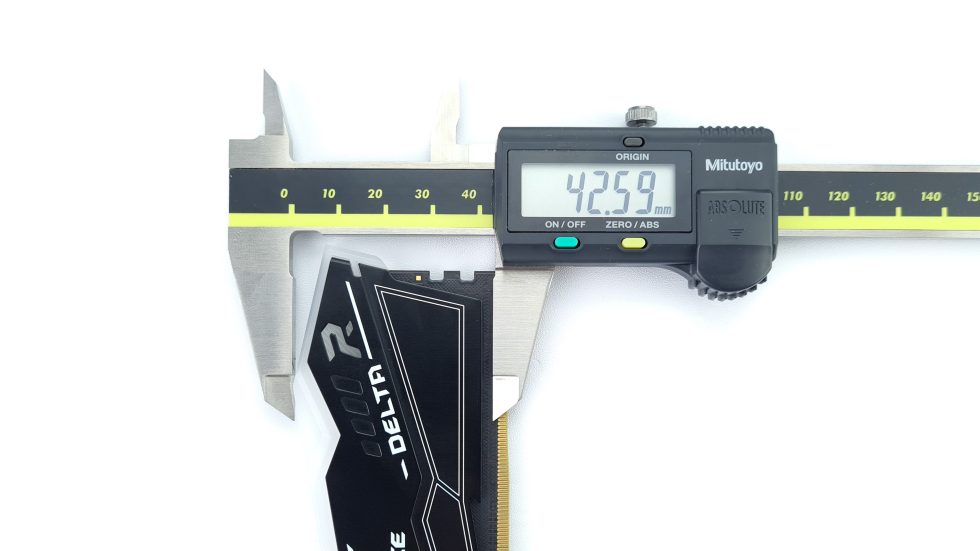
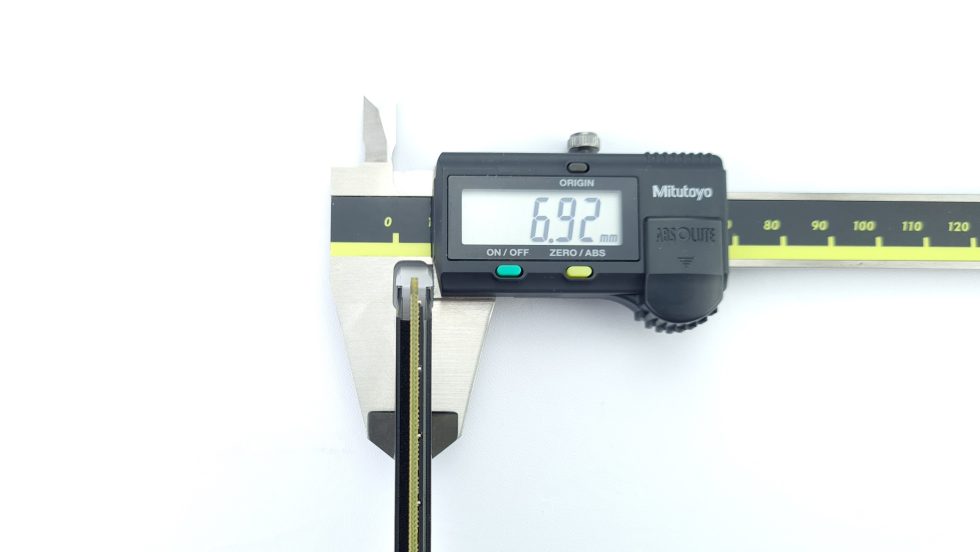
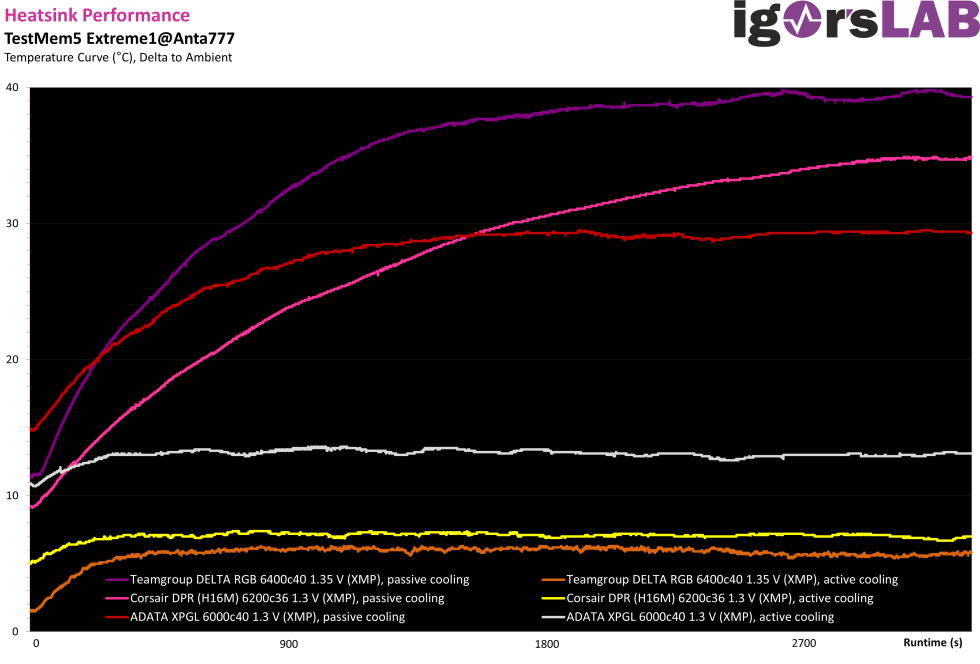


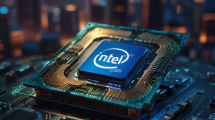
















2 Antworten
Kommentar
Lade neue Kommentare
Veteran
Veteran
Alle Kommentare lesen unter igor´sLAB Community →